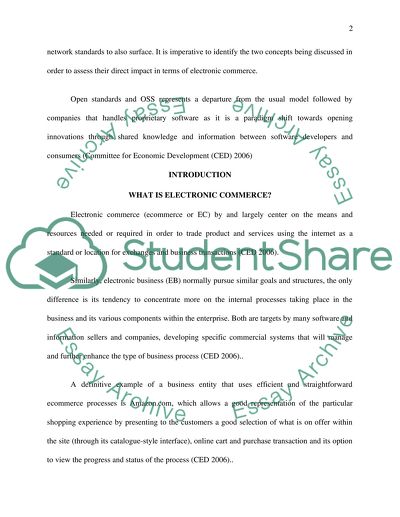Cite this document
(“Open Source and Open Standards in Ecommerce Essay”, n.d.)
Open Source and Open Standards in Ecommerce Essay. Retrieved from https://studentshare.org/technology/1526657-open-source-and-open-standards-in-ecommerce
Open Source and Open Standards in Ecommerce Essay. Retrieved from https://studentshare.org/technology/1526657-open-source-and-open-standards-in-ecommerce
(Open Source and Open Standards in Ecommerce Essay)
Open Source and Open Standards in Ecommerce Essay. https://studentshare.org/technology/1526657-open-source-and-open-standards-in-ecommerce.
Open Source and Open Standards in Ecommerce Essay. https://studentshare.org/technology/1526657-open-source-and-open-standards-in-ecommerce.
“Open Source and Open Standards in Ecommerce Essay”, n.d. https://studentshare.org/technology/1526657-open-source-and-open-standards-in-ecommerce.


